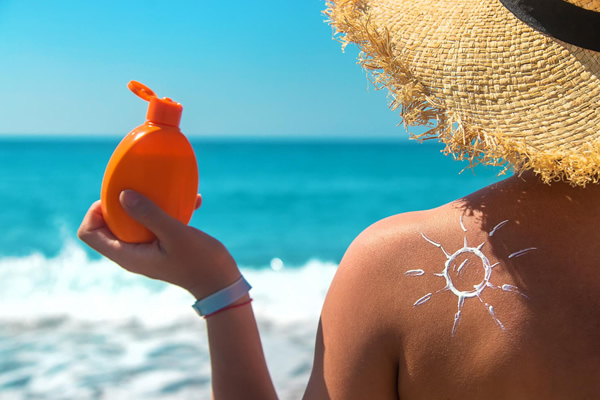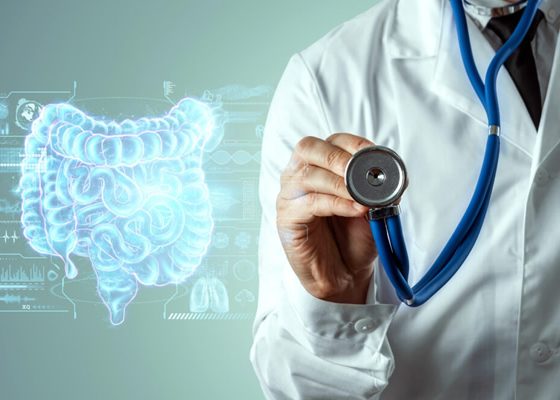Understanding the Sun’s Rays
UVA vs. UVB
Understanding the distinction between UVA and UVB rays underscores the “Importance of Sun Protection.” UVB rays primarily affect the skin’s outer layer, leading to sunburn and contributing to the development of skin cancer. On the other hand, UVA rays penetrate deeper into the skin, causing long-term damage such as premature aging and increasing the risk of skin cancer.
Both types of UV radiation are harmful and necessitate comprehensive sun protection measures to mitigate their adverse effects. Therefore, incorporating strategies to shield against both UVA and UVB rays, such as wearing broad-spectrum sunscreen and seeking shade, is crucial for safeguarding skin health and minimizing the risk of sun-related damage.
The Ozone Layer’s Depletion
Infrared and Visible Light Effects
In addition to ultraviolet (UV) radiation, the sun emits both infrared (IR) and visible light, which can also impact the skin. While visible light contributes to the visible spectrum, infrared radiation, specifically IR-A, penetrates the skin deeply, leading to collagen breakdown and potential oxidative stress, ultimately contributing to premature aging. Moreover, visible light exposure can induce pigmentary changes in the skin, exacerbating conditions like melasma and hyperpigmentation.
Understanding the effects of both infrared and visible light underscores the importance of sun protection beyond UV radiation, emphasizing the need for comprehensive measures to shield the skin from the full spectrum of solar radiation and maintain its health and vitality.
The Unseen Damage
Premature Aging
Hyperpigmentation
Collagen Breakdown
Skin Cancer Risk
Melanoma, Basal Cell, and Squamous Cell Carcinomas
UV Radiation’s Role
Skin Cancer Statistics
The ABCDEs of Skin Cancer
Asymmetry
Border Irregularity
Color Variation
Diameter
Evolving Features
Preventive Measures
Broad-Spectrum Sunscreen
Sun-Protective Clothing
Sun-protective clothing plays a crucial role in the Importance of Sun Protection by acting as a physical barrier against harmful ultraviolet (UV) rays emitted by the sun. These specially designed garments are crafted from tightly woven fabrics that block UV radiation from reaching the skin, offering an additional layer of defense beyond traditional clothing.
Some sun-protective clothing also incorporates features like UPF (Ultraviolet Protection Factor) ratings, which indicate the level of UV protection provided. By wearing sun-protective clothing, individuals can significantly reduce their risk of sunburn, premature aging, and skin cancer, reinforcing the importance of comprehensive sun protection practices.
Wide-Brimmed Hats and Sunglasses
Seeking Shade
The Role of SPF

Sun Protection Factor
SPF Ratings
Reapplication and Its Importance
Best Practices for Sunscreen Application
The Two-Finger Rule
Neglected Areas
The Myth of Waterproof Sunscreen
Daily Sunscreen Usage
Year-Round Protection
UV Rays’ Consistency
Sunscreen in Your Skincare Routine
The Lifesaver: Sunscreen Ingredients
Zinc Oxide and Titanium Dioxide
Chemical Filters
These are a key component in sunscreens, acting as protective agents against harmful UV radiation. They work by absorbing UV rays and transforming them into less damaging forms of energy, such as heat. This absorption process prevents UV radiation from penetrating the skin and causing damage, highlighting the importance of sun protection.
Chemical filters offer broad-spectrum protection, shielding against both UVA and UVB rays, and they are often preferred for their lightweight feel and transparency upon application. These filters are crucial in safeguarding the skin from sunburn, premature aging, and the risk of skin cancer, emphasizing the importance of incorporating sunscreen into daily skincare routines.
The Controversy Over Oxybenzone
Skin Types and Sunscreen
Understanding Fitzpatrick Skin Types
Different Sunscreen Formulations
Specialized Sunscreens
Overcast and Indoor Risks
The Deceptive Cloud Cover
UV Radiation Penetration
The “Blue Light” Debate
Sunburn: A Red Alert
Immediate and Long-Term Consequences
Natural Sunburn Remedies
The Myth of a “Base Tan”
Conclusion
The sun’s warmth and light are treasures, but they come with the responsibility of protecting our skin from harm. Embracing sun protection is a pledge to our skin’s health, a commitment to reduce the risk of skin damage and cancer. It empowers us to enjoy the outdoors and a radiant future with skin that remains resilient and youthful. A little effort in sun protection today yields a lifetime of benefits for our most precious organ: our skin.




